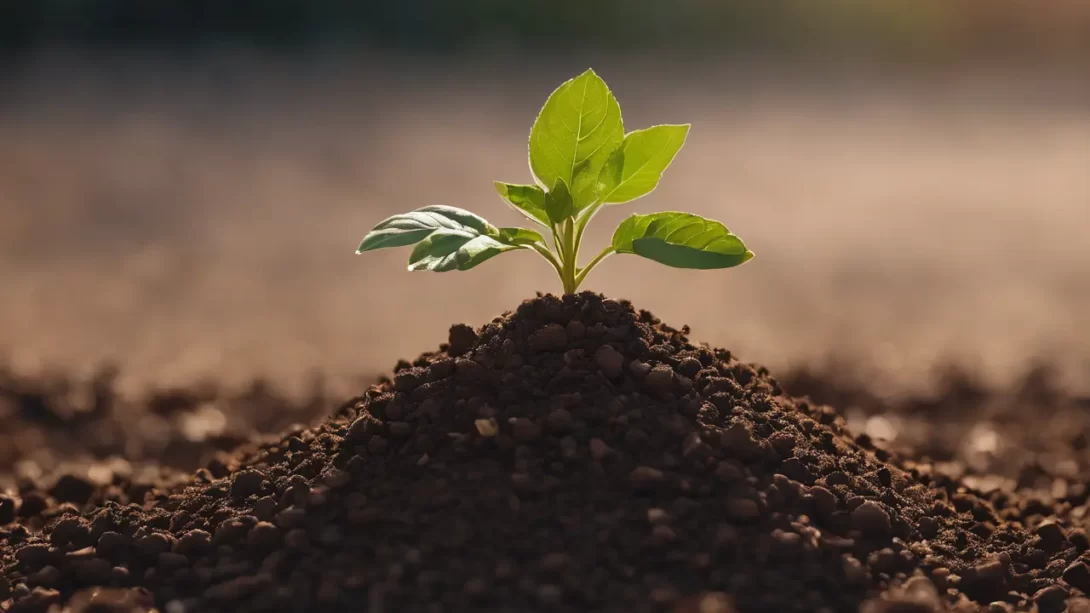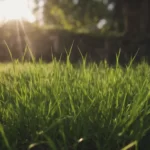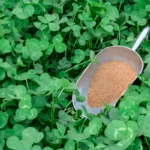Potting soil is a fundamental element in container gardening, providing the necessary support, nutrients, and aeration for healthy plant growth. Unlike garden soil, potting soil is specifically designed to optimize conditions for plants in containers. It typically consists of a blend of peat moss, compost, bark, perlite, or vermiculite, each ingredient contributing to the soil’s drainage, nutrient content, and moisture retention. Understanding the diverse types of potting soil and their ingredients is crucial for selecting the right mix for your gardening needs.
The Lifespan of Potting Soil
Potting soil doesn’t ‘go bad’ in the conventional sense, but it can lose its efficacy over time. The concept of potting soil degradation involves a decline in soil structure, nutrient content, and overall health, impacting its ability to support plant growth. Several factors contribute to this process, including nutrient depletion, compaction, and the breakdown of organic matter. Recognizing when potting soil is past its prime is essential for maintaining healthy container gardens.
Signs of Degradation in Potting Soil
There are several tell-tale signs that potting soil is no longer suitable for use. One key indicator is a change in texture; soil that was once loose and airy may become compacted and dense, impeding proper aeration and drainage. Additionally, a change in color or an unpleasant odor can signify the presence of mold or harmful bacteria. The presence of pests, such as fungus gnats, can also indicate that the soil is in poor condition.
These changes in potting soil not only affect its appearance but also its functionality. Compacted, nutrient-depleted soil can lead to stunted plant growth, root rot, and increased susceptibility to diseases. Recognizing these signs is crucial for taking timely action to either rejuvenate or replace the potting soil.
Factors Influencing the Shelf Life of Potting Soil
Several factors play a significant role in determining how long potting soil remains effective. Storage conditions are paramount; moisture, temperature, and light exposure can all impact the soil’s longevity. Moist environments can encourage the growth of mold or fungus, while extreme temperatures can alter the soil’s structure and microbial balance. Light exposure, particularly direct sunlight, can dry out the soil and degrade organic components.
The continuous use of the same potting soil for plant growth also affects its quality. Over time, plants will deplete the nutrients in the soil, making it less fertile. The soil structure can also deteriorate due to root growth and the natural breakdown of organic materials, leading to compaction and reduced aeration.
Refreshing or Rejuvenating Old Potting Soil
Old potting soil doesn’t necessarily need to be discarded; it can often be rejuvenated. Adding fresh compost or well-rotted manure can replenish nutrients. Incorporating additional ingredients like perlite or vermiculite can improve aeration and drainage. Additionally, mixing in a balanced, slow-release fertilizer can restore nutrient levels necessary for healthy plant growth.
However, there are times when it’s better to replace old potting soil entirely, especially if it shows signs of disease, severe compaction, or pest infestation. In such cases, using fresh potting soil can prevent potential problems and provide a healthier environment for plant growth.
Best Practices for Storing Unused Potting Soil
Proper storage of unused potting soil is essential to maintain its quality. It should be stored in a cool, dry place, away from direct sunlight. Using an airtight container can prevent unwanted moisture and pests from getting into the soil. Ensuring the container is clean and free from contaminants will also help preserve the soil’s condition.
For gardeners who have leftover potting soil after planting, these storage practices can help extend the soil’s usability until the next growing season. By maintaining optimal storage conditions, the soil remains viable and effective for future gardening projects.
Risks Associated with Using Degraded Potting Soil
Using old or degraded potting soil can lead to several gardening challenges. Plants grown in such soil may exhibit stunted growth due to insufficient nutrients and poor soil structure. The risk of root diseases increases in compacted soil with poor drainage, which can create an anaerobic environment harmful to plant roots. Additionally, old soil may harbor pathogens and pests, leading to infestations and plant illnesses. Recognizing these risks is crucial in deciding whether to rejuvenate or replace old potting soil.
Conclusion: Maximizing the Effectiveness of Potting Soil
In conclusion, while potting soil does not ‘expire’ in the traditional sense, its quality and effectiveness can diminish over time. Identifying signs of degradation such as compaction, nutrient depletion, and the presence of pests or mold is vital for successful container gardening. Proper storage of unused potting soil – in a cool, dry place and in airtight containers – is essential to preserve its quality.
For gardeners, understanding when to refresh and when to replace potting soil can make a significant difference in the health and vitality of container plants. Rejuvenating old soil can be effective, but in some cases, starting fresh with new potting soil is the best choice. By paying attention to the condition of your potting soil and practicing good storage and maintenance habits, you can ensure that your plants have a supportive and nourishing growth environment, maximizing your gardening success and enjoyment.



